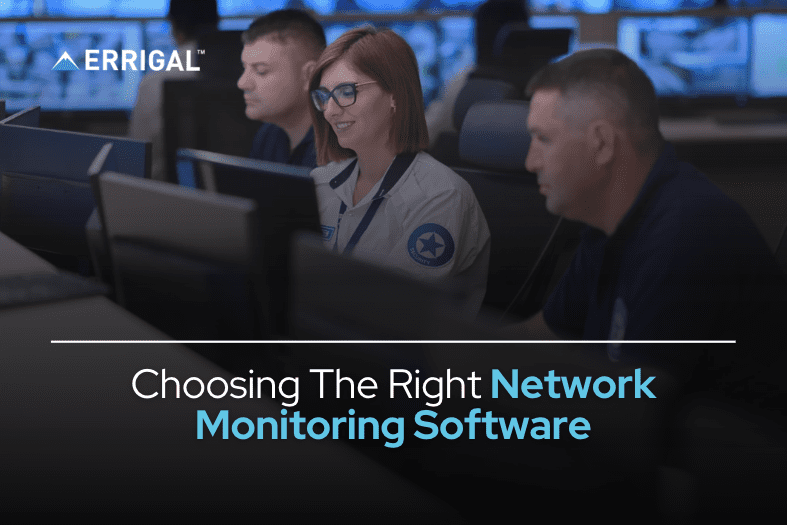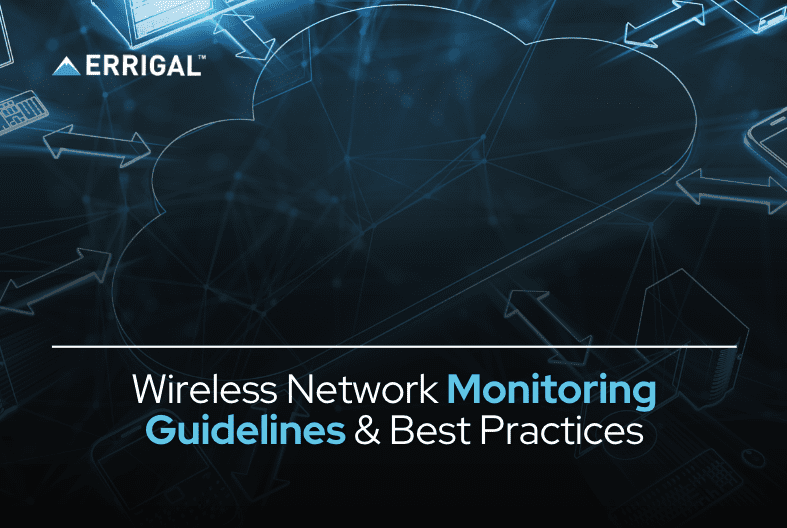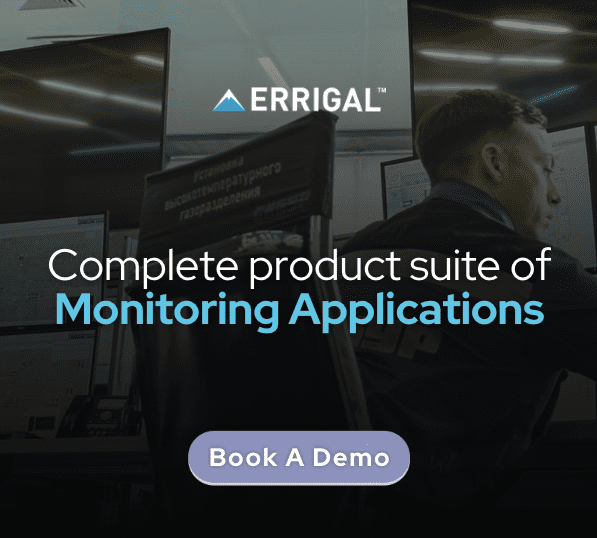Market Overview
The domain of Distributed Antenna System (DAS) monitoring technologies has evolved significantly over the past decade, reflecting advancements in telecommunications and the increasing demand for seamless connectivity. With the rise of mobile data consumption and the proliferation of smart devices, the need for robust DAS solutions has never been greater. This section will explore the current trends shaping the DAS monitoring landscape, key players steering the market, and the challenges these technologies face.
Current Trends in DAS Monitoring
One of the most prominent trends in DAS monitoring is the move towards smart systems that utilize artificial intelligence and machine learning algorithms. These technologies not only enhance monitoring capabilities but also allow for predictive analytics, aiding in the identification of potential issues before they escalate. Additionally, the integration of Internet of Things (IoT) devices has transformed traditional DAS infrastructures into more interconnected and responsive systems. As a result, operators can monitor and manage networks more effectively, leading to improved service quality.
Another noteworthy trend is the growing emphasis on energy efficiency and sustainability. Companies are increasingly adopting green technologies and practices to reduce their carbon footprint while maintaining high performance levels. This shift aligns with global objectives to combat climate change and reflects a commitment to corporate social responsibility. As such, manufacturers are designing DAS solutions that consume less power and promote energy-saving practices.
Key Players in DAS Management
The DAS monitoring market is characterized by several key players, each vying for dominance through innovation and strategic partnerships. Companies like CommScope, Corning, and Solid are recognized for their leading-edge technologies and extensive experience in the field. These organizations invest heavily in research and development to enhance the robustness and reliability of their DAS products.
Additionally, newer entrants are emerging, focusing on niche segments within the DAS market. These firms often offer specialized solutions that cater to unique industry needs, such as healthcare, education, and large venues. By targeting specific applications, these companies can differentiate themselves from established giants, offering tailored solutions that leverage emerging technologies.
Challenges Faced by DAS Technologies
Despite the advancements in DAS monitoring technologies, the market still encounters various challenges. One major issue is the complexity of integration with existing network infrastructure. Many organizations operate on legacy systems that may not easily accommodate new DAS technologies, leading to compatibility concerns. This can result in increased costs and deployment times, as organizations must invest in additional resources to bridge the gap between older systems and modern solutions.
Moreover, the rapid pace of technological advancement can create a challenge for DAS providers in keeping up with industry standards and customer expectations. As user demands evolve, companies must remain agile and adaptable, continually updating their products and services to stay competitive. This can strain resources and require ongoing investments in training and development.
Key Features of DAS Technologies
To understand what distinguishes various DAS monitoring solutions, it is essential to explore the key features that define these technologies. This section will cover scalability, integration capabilities, real-time data analytics, and user-friendly interfaces that contribute to the effectiveness of DAS systems.
Scalability and Flexibility
Scalability is a fundamental characteristic of modern DAS technologies, enabling organizations to expand their systems as needed. Businesses face varying demands based on location, size, and user activity, making it crucial for DAS solutions to accommodate these fluctuations. A scalable DAS can adapt to the growing number of users and devices without compromising service quality, making it a vital investment for organizations poised for growth.
Flexibility is equally important, as it allows organizations to tailor their DAS solutions to meet specific needs. This adaptability can include the ability to modify configurations or incorporate new technologies as they become available. A flexible system can help organizations optimize performance while reducing costs associated with redundancies and underutilized resources.
Integration with Existing Systems
The ability to seamlessly integrate with existing systems is another critical feature of DAS technologies. Many organizations have already invested significantly in their telecommunications infrastructure, making it vital for new systems to work harmoniously with what is already in place. Effective integration minimizes disruption during deployment and enhances overall system efficiency.
Real-Time Data Analytics
Real-time data analytics is a game-changer in DAS monitoring, providing organizations with immediate insights into their networks. By leveraging data analytics, organizations can monitor performance metrics, identify bottlenecks, and adjust resources proactively. This capability not only enhances operational efficiency but also contributes to better user experiences.
User-Friendly Interfaces
User-friendly interfaces are essential for ensuring that DAS monitoring technologies are accessible to all users, regardless of their technical expertise. A well-designed interface simplifies monitoring tasks, making it easier for operators to navigate complex data and effectively manage network performance. Intuitive dashboards that clearly present key performance indicators (KPIs) can significantly enhance user engagement and operational efficiency.
Errigal’s Unique Advantages
Within the competitive landscape of DAS monitoring technologies, Errigal stands out due to its innovative solutions and commitment to enhancing user experiences. This section will delve into the unique advantages that set Errigal apart from its competitors, including its technology offerings, user experience enhancements, cost-effectiveness, and comprehensive customer support.
Innovative Technology Solutions
Errigal has established a reputation for delivering innovative technology solutions that address the evolving needs of businesses. The company’s commitment to research and development allows it to stay ahead of industry trends and introduce cutting-edge features that enhance DAS performance. By focusing on technological advancements, Errigal ensures that its products can adapt to future demands and challenges.
Enhanced User Experience
One of Errigal’s core philosophies is to prioritize user experience in the design of its DAS monitoring solutions. The company invests considerable resources in developing intuitive interfaces that simplify complex data interactions. By focusing on user-centric design, Errigal ensures that its solutions are accessible to both technical and non-technical users.
The emphasis on user experience extends beyond just interface design; Errigal offers comprehensive training programs and resources to support users throughout their journey. By equipping customers with the knowledge they need to navigate their systems effectively, Errigal fosters a culture of empowered users who can contribute to optimal network performance.
Cost-Effectiveness
In a landscape where budget constraints are a reality for many organizations, Errigal stands out as a cost-effective option for DAS monitoring. The company’s solutions are designed to deliver high performance without incurring excessive costs, making them accessible to a wide range of businesses. This affordability does not come at the expense of quality; Errigal maintains strict quality control measures to ensure that its products consistently meet or exceed industry standards.
Additionally, Errigal’s scalable solutions allow organizations to invest according to their needs, further enhancing cost-effectiveness. Businesses can start with a core set of features and expand their systems over time, avoiding large upfront investments while still benefiting from robust DAS monitoring capabilities.
Strong Customer Support and Services
Errigal distinguishes itself through its commitment to customer support and services. The company recognizes that providing high-quality technology solutions is only one part of the equation; ongoing support is essential for long-term success. Errigal offers comprehensive customer service, ensuring that users have access to assistance whenever needed.
Through a combination of dedicated support teams, extensive documentation, and regular updates, Errigal helps customers maximize the value of their investments. This focus on service not only enhances user satisfaction but also contributes to improved business outcomes by ensuring that organizations can effectively manage their DAS systems.
Conclusion
The landscape of DAS monitoring technologies is dynamic, shaped by trends such as smart automation, sustainability, and the need for seamless integration. Key players in the market are responding to these challenges by innovating and adapting to meet customer needs. Within this competitive environment, Errigal has established itself as a leader by offering unique advantages that address both current requirements and future demands.
Errigal’s focus on innovative technology solutions, enhanced user experiences, cost-effectiveness, and robust customer support positions it as a vital partner for organizations seeking reliable DAS monitoring solutions. As the industry continues to evolve, companies like Errigal will play a crucial role in driving advancements that ensure connectedness and performance in an increasingly digital world.
FAQs
What is a Distributed Antenna System (DAS)?
A Distributed Antenna System (DAS) is a network of spatially separated antenna nodes connected to a common source, designed to enhance wireless coverage and capacity in specific areas, such as buildings, stadiums, or urban environments.
How does DAS improve connectivity?
DAS improves connectivity by distributing the signal more evenly across larger areas, which reduces dead zones and ensures consistent wireless coverage, benefiting end-users with better service quality.
What are the main advantages of DAS monitoring technologies?
The main advantages of DAS monitoring technologies include real-time performance analytics, enhanced scalability and flexibility, seamless integration with existing systems, and improved user experiences through intuitive interfaces.
Why should organizations choose Errigal for DAS solutions?
Organizations should choose Errigal for its innovative technology, user-friendly designs, cost-effective solutions, and strong customer support, which together ensure that users can maximize the effectiveness of their DAS investments.
What industries benefit from DAS monitoring technologies?
Various industries benefit from DAS monitoring technologies, including healthcare, education, transportation, hospitality, and entertainment, where reliable wireless communication is essential for operations and customer satisfaction.








